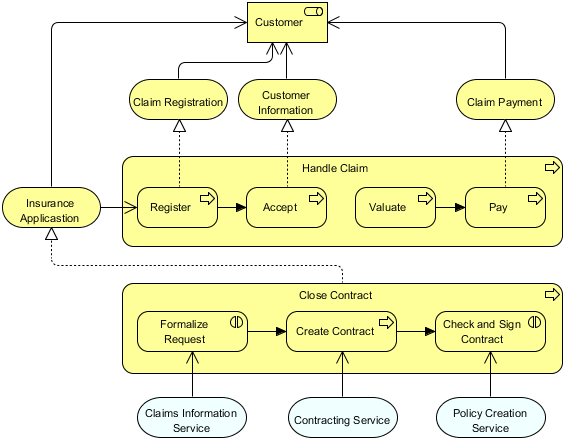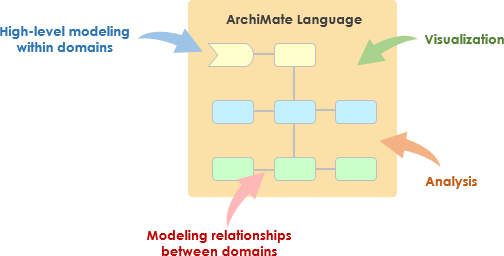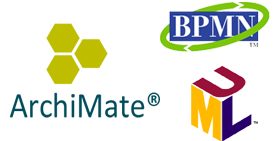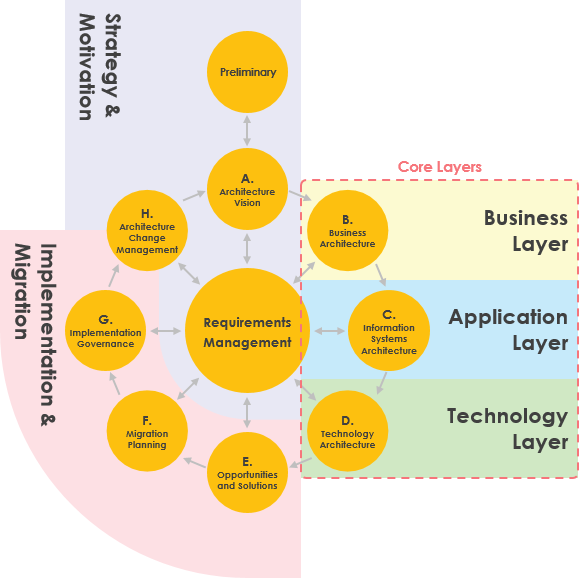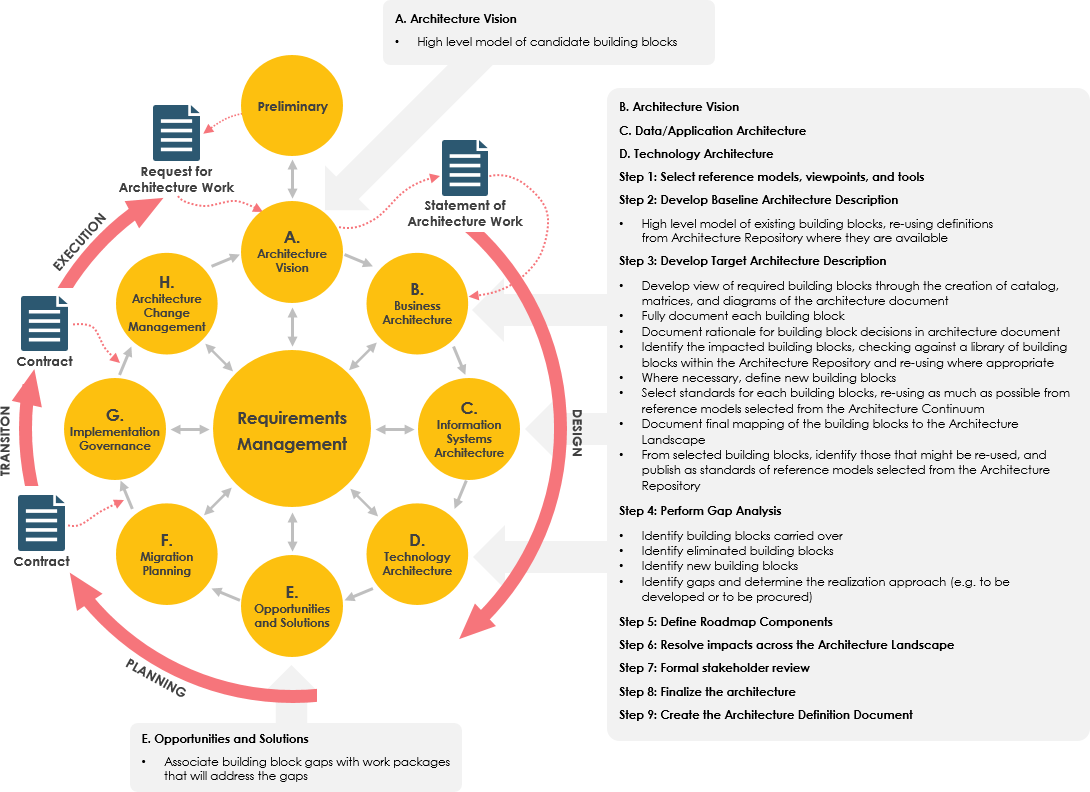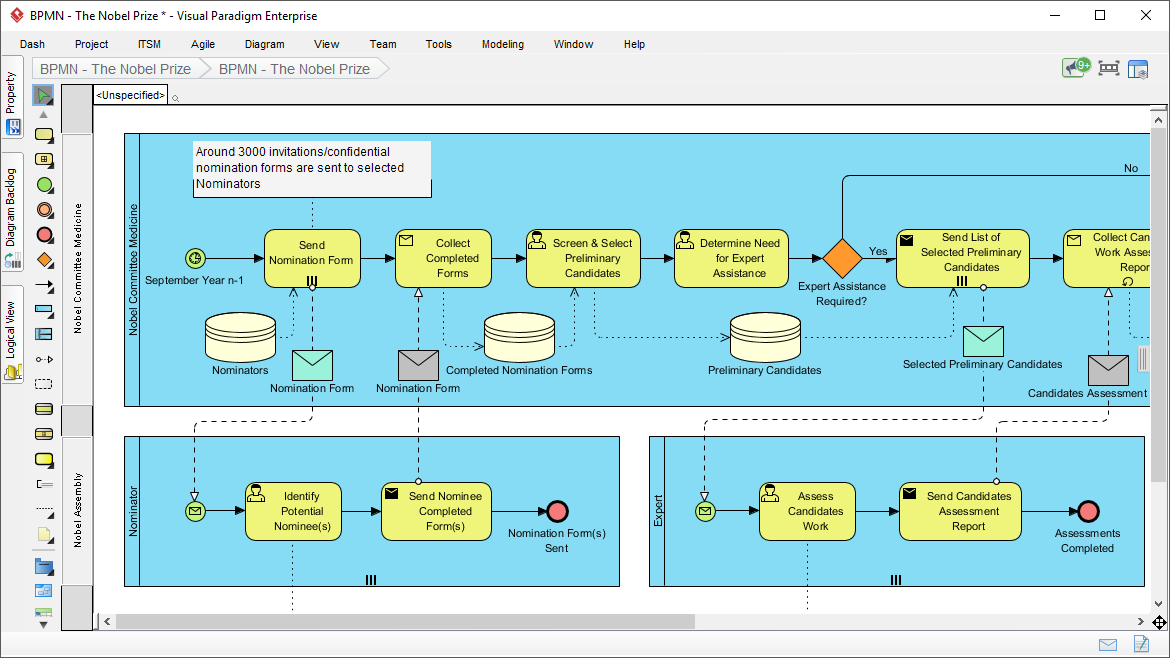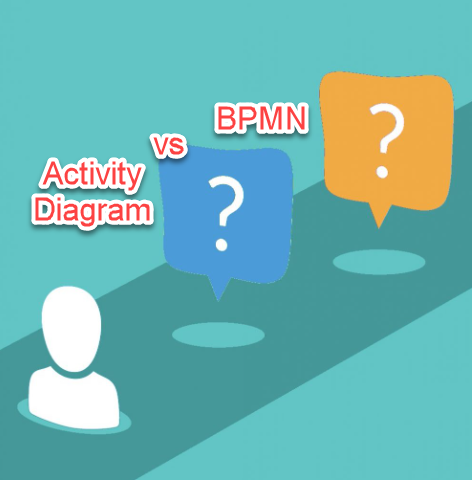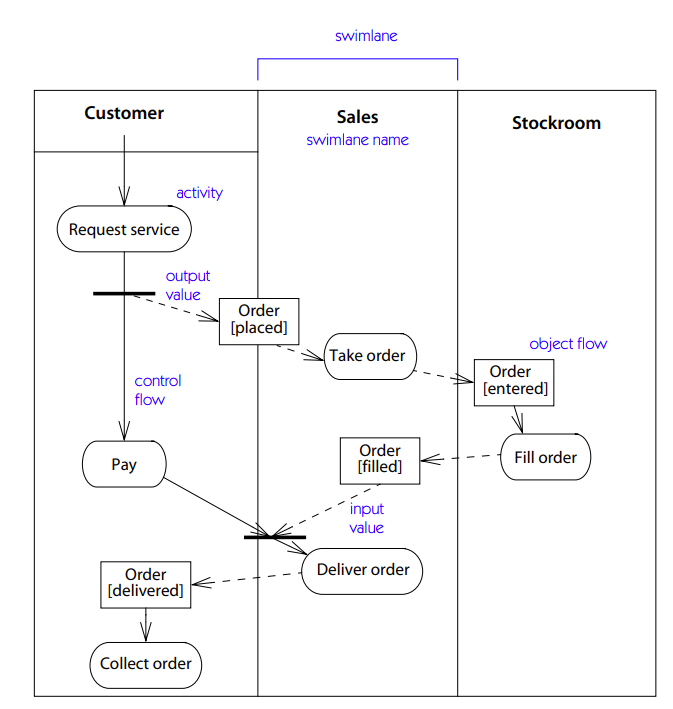Choosing the Right UML Diagram: State Diagrams, Sequence Diagrams, or Activity Diagrams?
Introduction Unified Modeling Language (UML) provides a powerful set of tools for modeling various aspects of a system or software application. However, deciding which UML diagram to use can be challenging, as different diagrams serve different purposes. In this guide, we will explore three key UML diagram types: State Diagrams, Sequence Diagrams, and Activity Diagrams. We will help you understand when and why to use each type, providing clarity on their specific use cases and advantages. State Diagrams focus on modeling the states and state transitions of an object or system. Sequence Diagrams…continue reading →


